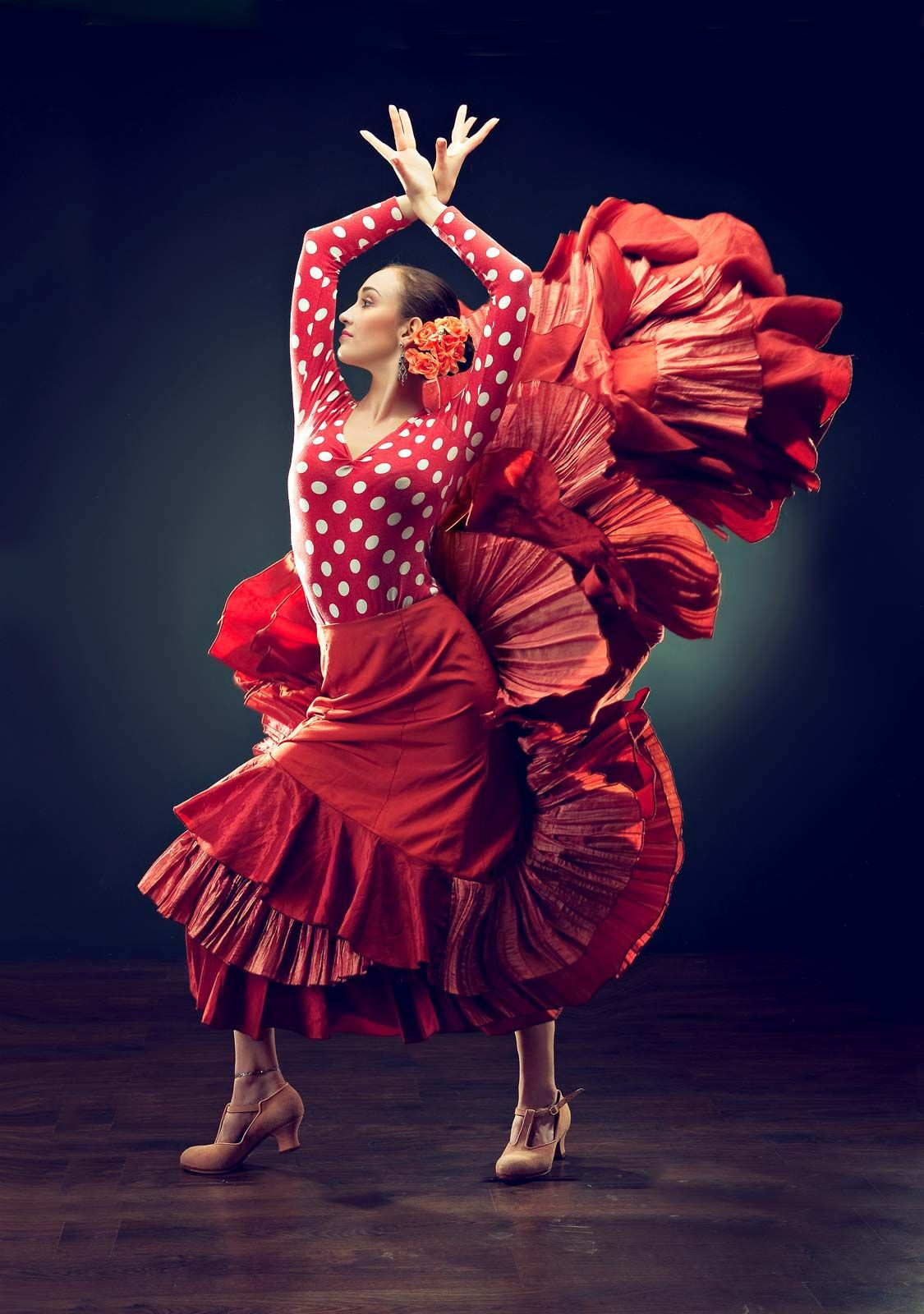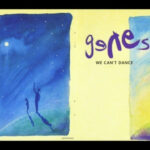Flamenco is more than just a dance; it’s a passionate art form that embodies the soul of Andalusia, Spain. Deeply intertwined with the culture of the Roma people (Gitanos) of southern Spain, flamenco encompasses song (cante), dance (baile), and guitar music, creating a powerful and evocative performance. Its origins, though shrouded in some mystery, trace back to the migration of Roma people from Rajasthan, India, to Spain between the 9th and 14th centuries. These travelers brought with them a rich musical heritage, which then fused with the existing Sephardic Jewish and Moorish cultures in Spain, resulting in the unique and captivating art we know as flamenco today.
The Soul of Flamenco: Cante (Song)
At the heart of flamenco lies cante, or song. Flamenco songs are categorized into three main types, each with its distinct character and emotional depth: cante jondo, cante intermedio, and cante chico.
-
Cante Jondo (“deep song”): Considered the oldest and most profound form of flamenco song, cante jondo delves into themes of deep human emotion. With a complex 12-beat rhythm, it expresses anguish, despair, death, and existential or religious questioning. It is the rawest and most emotionally intense form of flamenco singing.
-
Cante Intermedio (“intermediate song”): As its name suggests, cante intermedio is a hybrid style that blends the profoundness of cante jondo with elements of Spanish folk music, notably the fandango. It offers a bridge between the deep emotions and lighter expressions within flamenco.
-
Cante Chico (“light song”): While still demanding technical skill, cante chico is lighter in emotional weight and rhythm compared to the other two forms. These songs often explore themes of love, humor, the beauty of the countryside, and general gaiety. Despite being “lighter,” they are integral to the breadth of flamenco expression.
Each style of cante is recognized by its unique rhythmic patterns and chord structures. Interestingly, different cante types can share rhythms but differentiate themselves through subtle nuances, accentuations, and the emotional weight they carry. Tracing the lineage of these songs reveals a rich history. For instance, the solemn soleares, stemming from the ancient cañas, gave rise to the more cheerful alegrías, which in turn branched out into lighter forms like bulerías. The alboreás is a song traditionally reserved for weddings, considered unlucky if sung at other times. Forms like fandangos grandes were adopted from Spanish folk traditions, evolving into more serious expressions and spawning styles like malagueñas and the Moorish-influenced cartageneras. Later, Latin American influences enriched flamenco, contributing to genres such as rumbas gitanas and colombianas. However, the cantes grandes, like siguiriyas gitanas, saetas (adopted from Spanish religious processions), and martinetes—songs born in the forge, with the rhythm of hammer against anvil mirroring the outsider’s pain—remain most deeply rooted in Gitano flamenco tradition.
 A flamenco dancer in a red dress performing with passion and intensity, showcasing the art of flamenco dance.
A flamenco dancer in a red dress performing with passion and intensity, showcasing the art of flamenco dance.
The Body Speaks: Baile (Dance)
While cante is the essence, baile, or dance, has become the most dominant element of flamenco since the mid-19th century. However, it’s crucial to understand that flamenco dance is never performed in isolation. It is always accompanied by song and typically guitar, and sometimes the palo seco (a rhythmic stick).
The dancer (bailaor for male, bailaora for female) acts as the visual interpreter of the singer’s narrative. The cantaor (singer) recounts stories and legends that reflect the experiences of the Roma community within Spanish society. The dance then becomes a sensuous and powerful dialogue with this narrative. Flamenco baile is characterized by a captivating blend of fluid, stylized, and deeply personal movements. Key elements include:
- Braceo: Expressive arm movements that flow and curve through the air, adding grace and drama.
- Florea: Intricate hand and finger movements that punctuate the dance with delicate flourishes.
- Zapateado: Footwork, involving rhythmic stamping and tapping of the feet, creating a percussive soundscape.
- Taconeo: Heelwork, a sharp and precise form of footwork utilizing the heels to create rapid and powerful rhythms.
Dancers often showcase these elements in extended solo passages (solea). Traditionally, male dancers are known for their complex footwork, while female dancers, often adorned in elaborate ruffled dresses, emphasize braceo and florea. The guitarist (tocaor) is integral, maintaining the rhythmic foundation (compás) that guides and responds to the dancer’s rhythmic interpretations. In larger performance spaces, the guitarist even follows the dancer’s lead, highlighting the improvisational and responsive nature of flamenco.
Experienced flamenco dancers can reach a state known as duende after a prolonged and intense performance sequence (15-20 minutes). Duende is a state of deep concentration and heightened emotion, almost trance-like. Federico García Lorca, in 1933, famously described duende as los sonidos negros (“the dark sounds”) taking over the performer’s body. This extraordinary state is amplified by rhythmic hand clapping and vocal encouragements (jaleo) from the audience and fellow performers. For Gitano flamenco artists, cante jondo is akin to prayer, and in duende, the dancer is seen to communicate with both the audience and a higher power. Intriguingly, the profound gestures of baile grande (grand dance) bear striking resemblances to classical Hindu dance from the Indian subcontinent, hinting at the ancient roots of flamenco.
A Journey Through Time: History of Flamenco
The golden age of flamenco is generally recognized as spanning from roughly 1780 to 1845. During this era, cante held the primary position, with dance and instrumental accompaniment playing supporting roles. Initially an outdoor, family-centered, and marginalized art form focused on song, flamenco underwent a transformation in 1842. This year marked a turning point with Silverio Franconetti establishing the first café cantante, the Café sin Nombre, in Seville. These cafés cantantes, which soon proliferated in urban centers like Granada, Córdoba, and Seville, shifted the focus towards musicians and dancers. It was during this period that singers began to take a less central role.
While these commercial venues provided livelihoods for many flamenco artists for the first time, they also sparked debate about the potential “bastardization” of an authentic, indigenous art form. Concerns about the commercialization leading to a dilution of flamenco’s purity led intellectuals like Lorca and composer Manuel de Falla to advocate for the preservation of its essence. In 1922, they organized the first flamenco competition, specifically calling for cante primitivo andaluz (“primitive Andalusian cante“). This timely intervention aimed to safeguard the authentic roots of flamenco while simultaneously promoting it to a wider, more sophisticated urban audience. It successfully fostered the thoughtful evolution of flamenco within a modern context.
The 20th century witnessed the rise of numerous iconic flamenco performers, including La Argentina (Antonia Mercé), Vicente Escudero, Carmen Amaya, La Argentinita (Encarnación López), José Greco, and Pilar López, as well as renowned troupes like those of Antonio and Rosario, and Ximénez-Vargas. Classically influenced flamenco artists such as Antonio Gades, Christina Hoyos, José Greco II, and Lola Greco further expanded the boundaries of flamenco. Gades, particularly through his collaborations with filmmaker Carlos Saura, played a pivotal role in introducing flamenco to a global audience, demonstrating its potential as an expansive performance art form through innovative choreography.
Contemporary flamenco artists like Eva la Yerbabuena, Joaquín Cortés, Antonio Canales, Belén Maya, and Juana Amaya continue to push boundaries, experimenting with new rhythmic approaches and integrating them into larger narrative theatrical productions where rhythm becomes the dominant force. In recent decades, flamenco has also embraced fusion, influenced by broader musical trends, ensuring its continued evolution and relevance in the 21st century.
In conclusion, flamenco is a multifaceted art form rich in history and emotion. From its roots in the cultural exchange between Roma migrants and Spanish traditions, to its evolution through cante, baile, and guitar, flamenco remains a powerful expression of passion, storytelling, and cultural identity. Understanding “What Is Flamenco Dancing” requires appreciating its deep connection to cante, its visually stunning and emotionally charged baile, and its dynamic historical journey.

